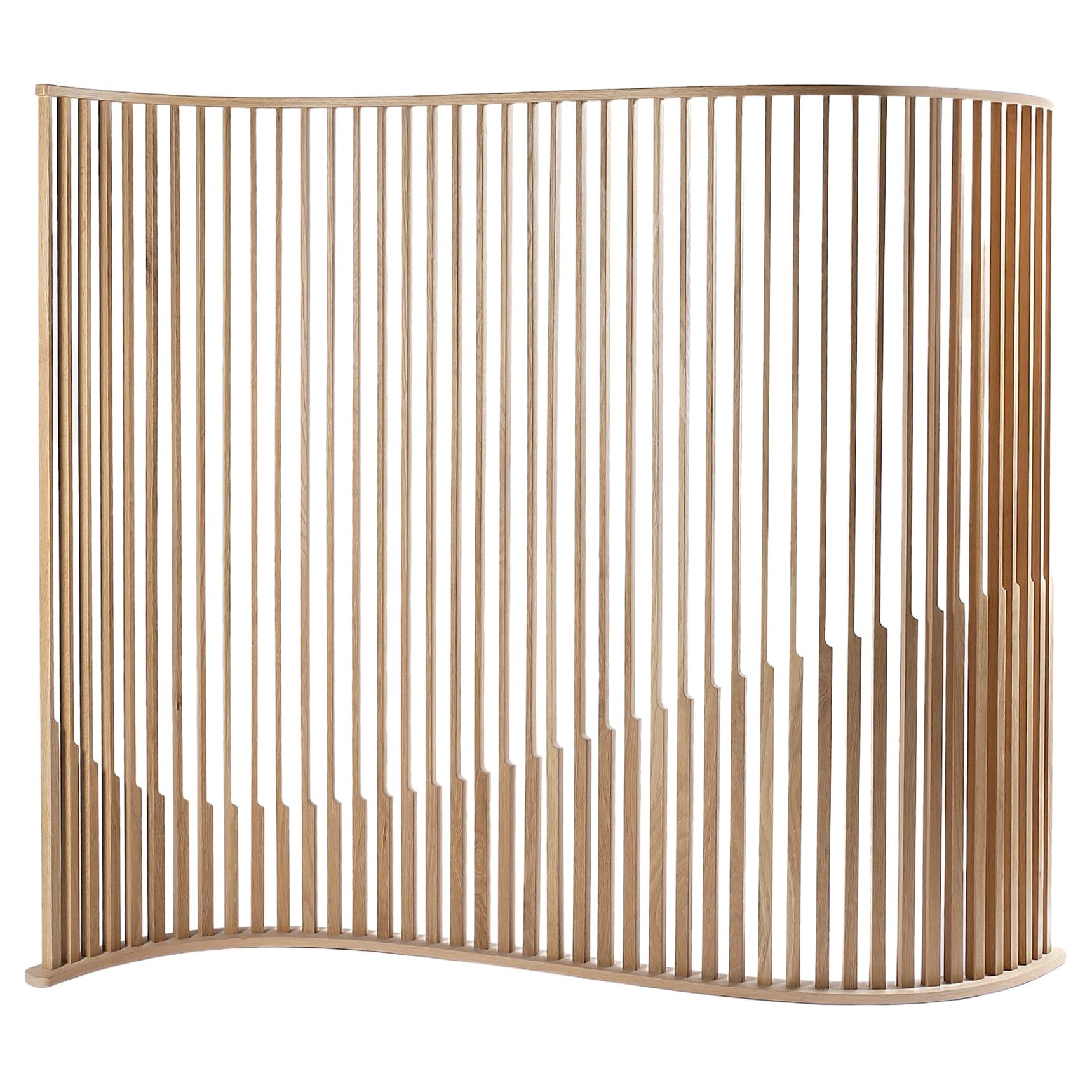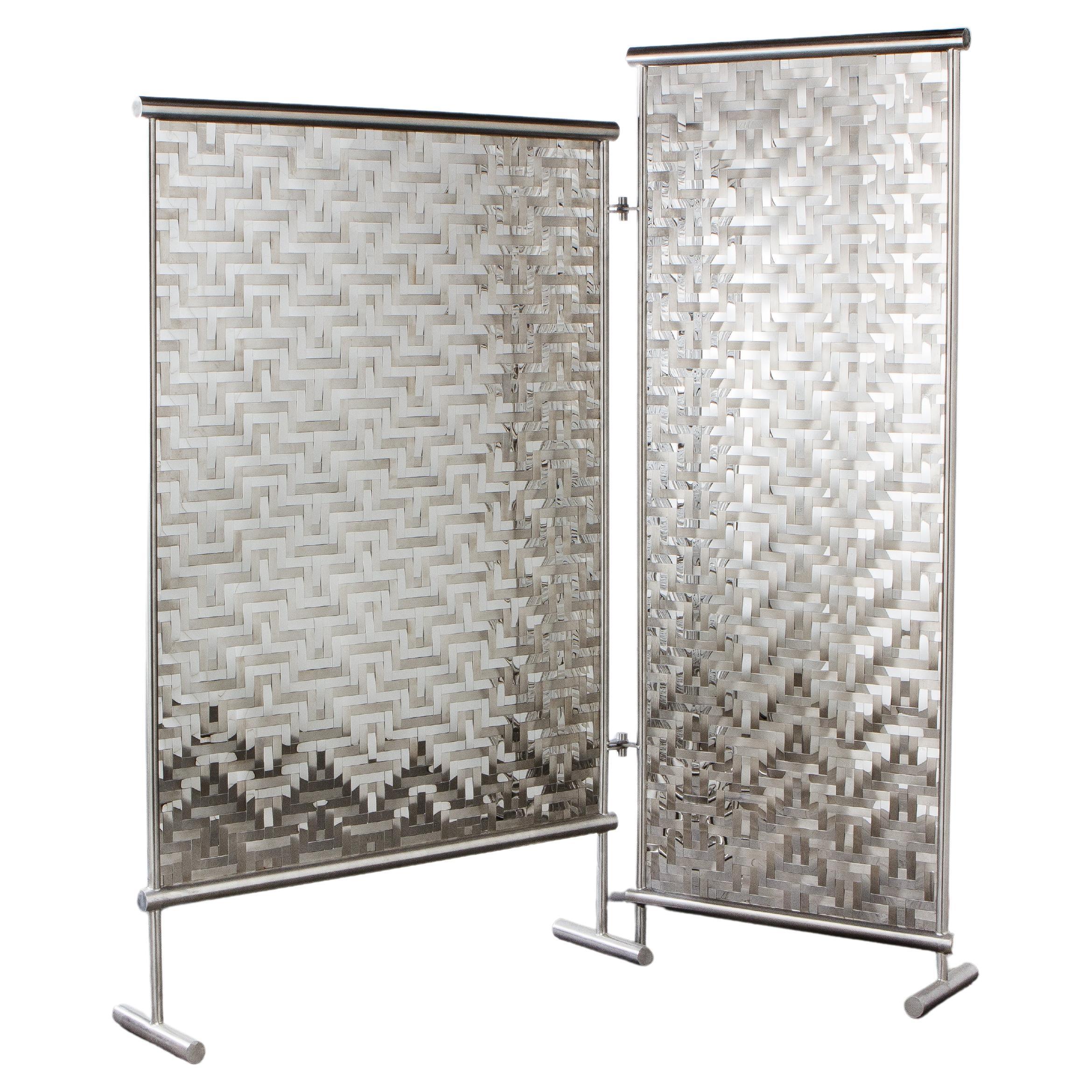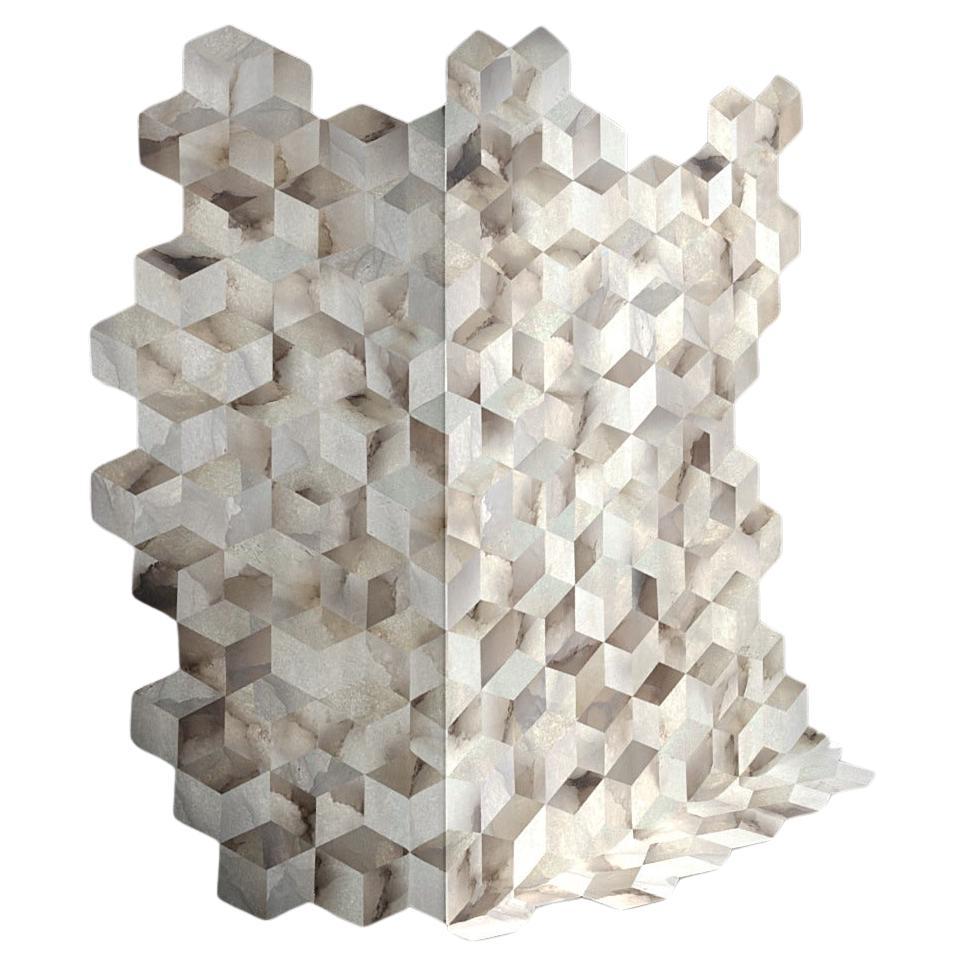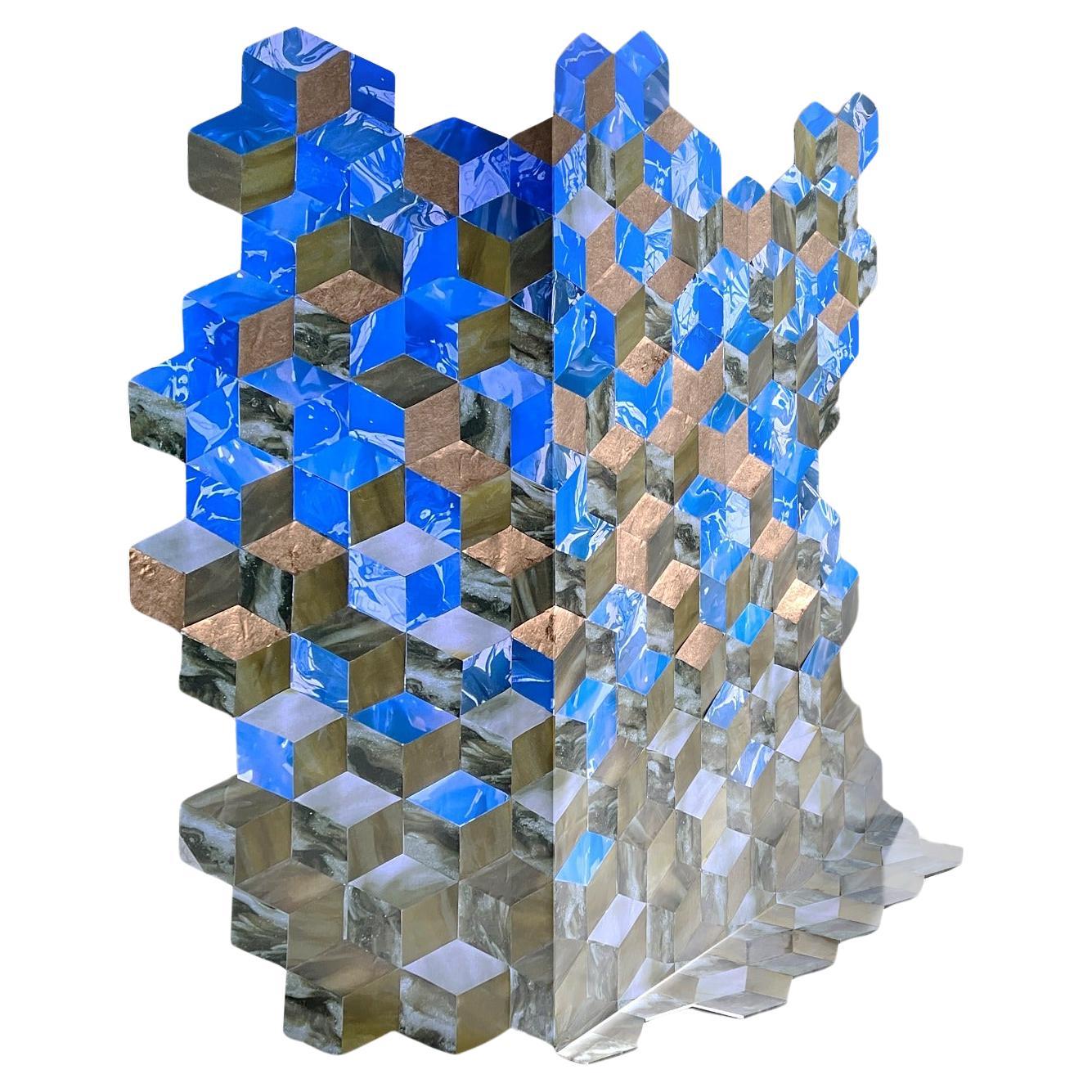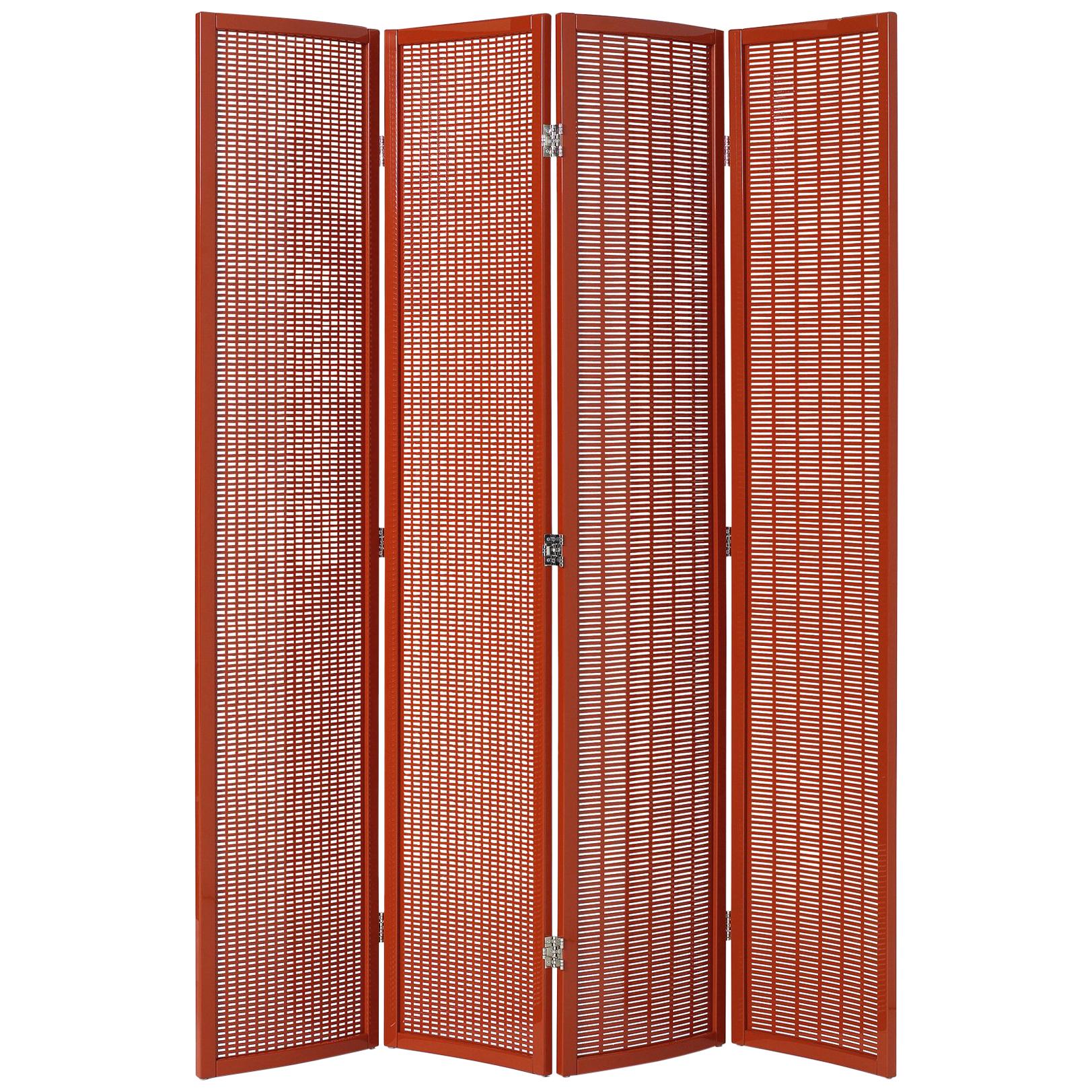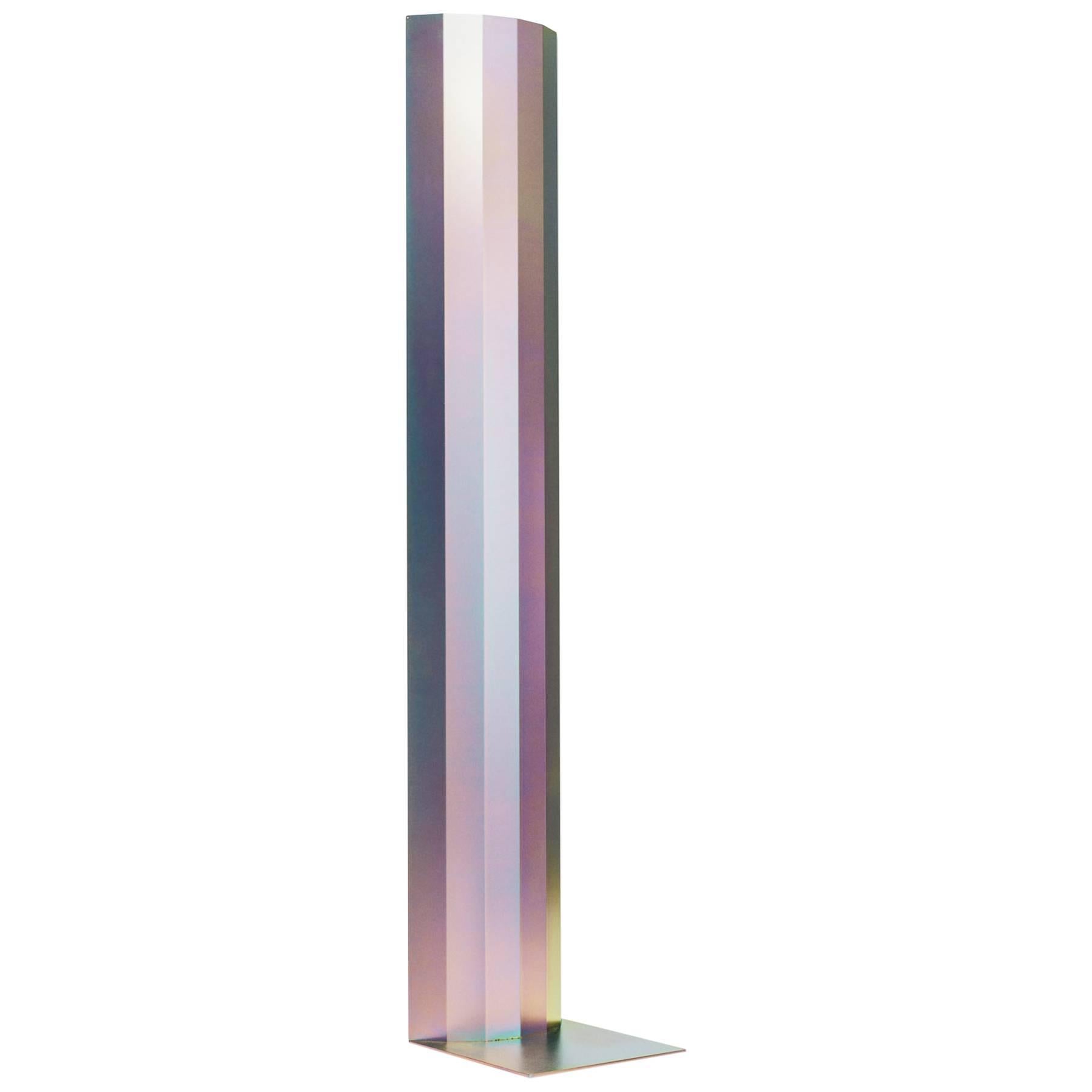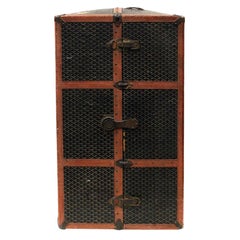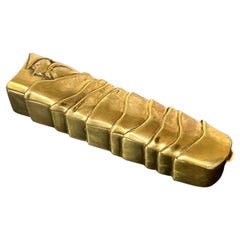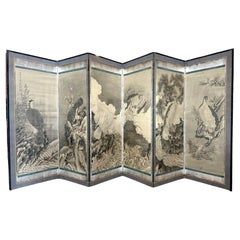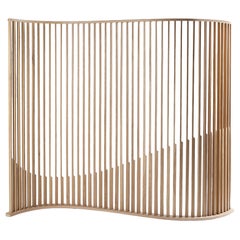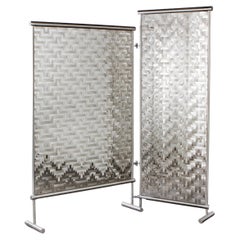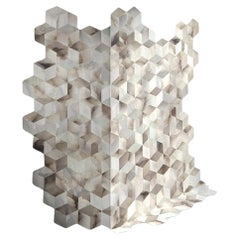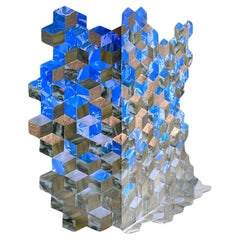
Rare Redwood Tsuitate Floor Screen by Mira Nakashima
View Similar Items
Rare Redwood Tsuitate Floor Screen by Mira Nakashima
About the Item
- Creator:Mira Nakashima (Maker)
- Dimensions:Height: 63 in (160.02 cm)Width: 30 in (76.2 cm)Depth: 20 in (50.8 cm)
- Style:Organic Modern (Of the Period)
- Materials and Techniques:
- Place of Origin:
- Period:1990-1999
- Date of Manufacture:1994
- Condition:Wear consistent with age and use. Stunning presence, dramatic wood figures, some minor wear on the base and where the slab contacts the back support, natural wabi sabi wood characters through out.
- Seller Location:Atlanta, GA
- Reference Number:1stDibs: LU94509700603
Mira Nakashima
For nearly two decades, Mira Nakashima worked in the shadow of her legendary father, master woodworker George Nakashima. She never intended to follow in his footsteps, but she was persuaded to join him in his woodworking business after earning a graduate degree in architecture from Tokyo’s Waseda University.
“My father was an architect who went to Harvard, didn’t like it and switched to MIT,” Nakashima explains.
“I went to Harvard and loved it. He encouraged me to study architecture, so I did. I would rather have studied music. I was in a dance group and a choral group. After college, my godmother took me on a tour of Zen monasteries in Japan. I went to live there with an aunt to master Japanese, flower arranging and the tea ceremony. Then I went to Waseda University, learning architecture by the atelier system, where you actually build things. I married a fellow student and we began having children. After we moved to Pittsburgh and had more babies, my father asked me if I wanted to come ‘home,’ promising to build us a house near him. My husband liked the idea, so we went. I began to do part-time work for my father. It was just a job. Then my husband and I parted, so I went to work with Dad. It was never planned.”
That part-time position turned into a full-time job, and when George Nakashima died, in 1990, Mira was faced with a choice: continue the family legacy or shutter the business. As news of her father’s death spread, clients started canceling orders, fearing that the studio’s innovation would wane without him at the helm.
Skeptics proved wrong. Mira Nakashima continued to execute her father’s iconic designs — such as his Conoid chair — while also creating new ones of her own that take advantage of and highlight the unique characteristics and allure of her, and her father’s, favored material.
“Keisho means ‘continuation’ in Japanese,” she says. “I am just as interested in traditional lines, classic proportions and fine wood specimens, but I work out my designs differently. The boards tell you what they want to reveal.”
Shop authentic Mira Nakashima tables, case pieces and more on 1stDibs.
More From This Seller
View AllAntique Late 19th Century Chinese Chinese Export Furniture
Stone
Early 20th Century French Trunks and Luggage
Bronze
Vintage 1940s French Mid-Century Modern Decorative Boxes
Bronze
Antique 18th Century Japanese Edo Paintings and Screens
Brocade, Wood, Paper
Antique 17th Century Japanese Japonisme Paintings and Screens
Brass
Early 2000s Japanese Organic Modern Sculptures and Carvings
Bamboo
You May Also Like
2010s Mexican Post-Modern Screens and Room Dividers
Oak
2010s Australian Modern Screens and Room Dividers
Stainless Steel
2010s Italian Post-Modern Screens and Room Dividers
Alabaster
2010s Italian Post-Modern Screens and Room Dividers
Marble
21st Century and Contemporary French Screens and Room Dividers
Wood, Lacquer
21st Century and Contemporary German Modern Screens and Room Dividers
Wood
